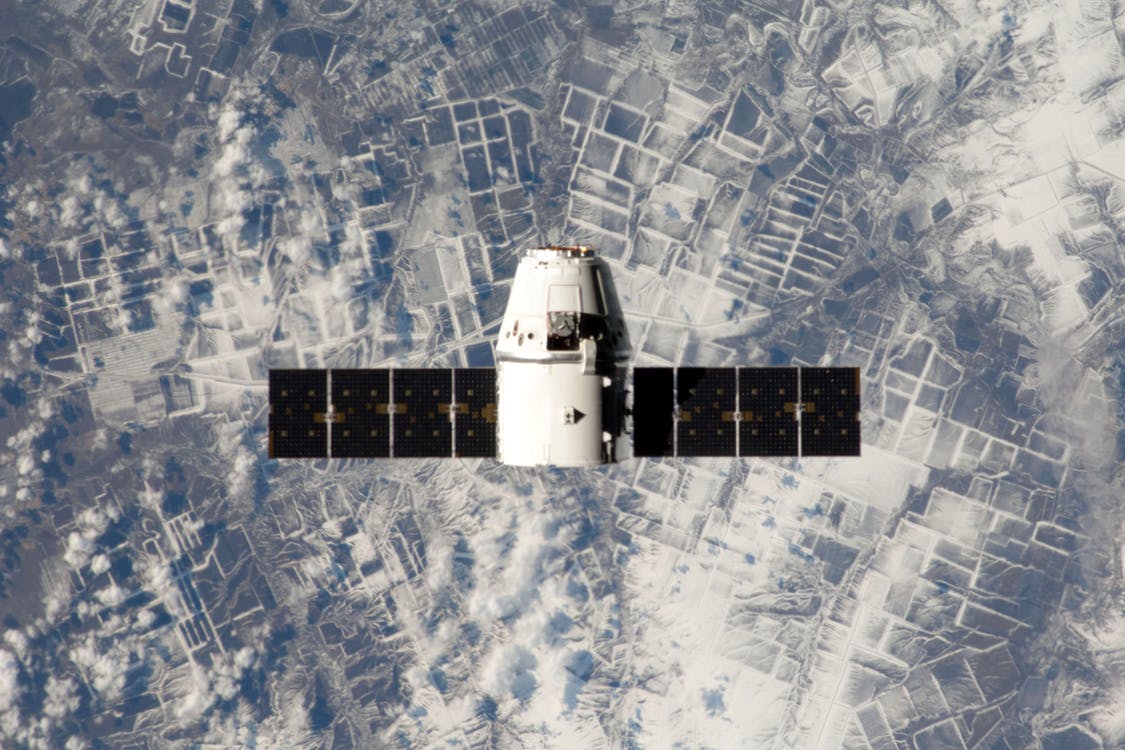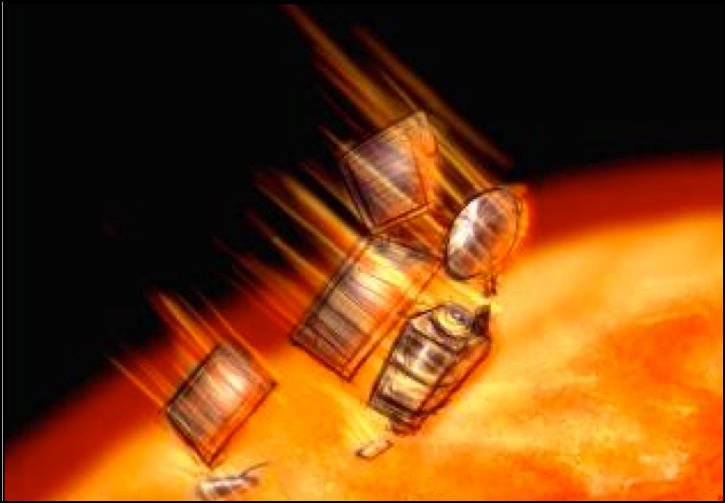

MARS CLIMATE ORBITER MISTAKE HOW TO
Never the less they develop many technics how to deal with that mostly with redundancy and intensive testing. Your software needs to be ready on day 1 like in the old times where your software was distributed only via CD disk.Īs you can see NASA has problems harder by at least order of magnitude than what we usually experience. You cannot just “push a fix and deploy” or get a new VM. It is hard or impossible to some fixes/repairs in the space.You have basically one shot only which costs millions - Mars Climate Orbiter cost $ 327 million You also need to change the approach to how software development is managed because:

Obviously Byzantine failures are the worst because of their nature. checksum collision (read “The Byzantine Generals Problem” article by Leslie Lamport) Byzantine failures - you cannot say if the element is functioning correctly or not e.g.some frame in transmission has been lost but can be resend Soft failures - can be fixed/corrected e.g.disk has been physically destroyed - data cannot be read/write Moreover, there are different failures categories: failure of one of the core subsystems like power supply, engine or some sensor.cosmic radiation which can cause bit-flip and change the value in the processor registry.NASA puts a lot of effort into reliability.Ī lot of things can happen in space that we do not observe so often (or never) on Earth e.g.: Nobody expected that after 9 months journey it will crash in the atmosphere from such simple software mistake.

On December 11, 1998, NASA launched the Mars Climate Orbiter - robotic space probe designed to explore Martian climate from orbit and also to act as a communications relay for polar lander sent 2 months later.


 0 kommentar(er)
0 kommentar(er)
